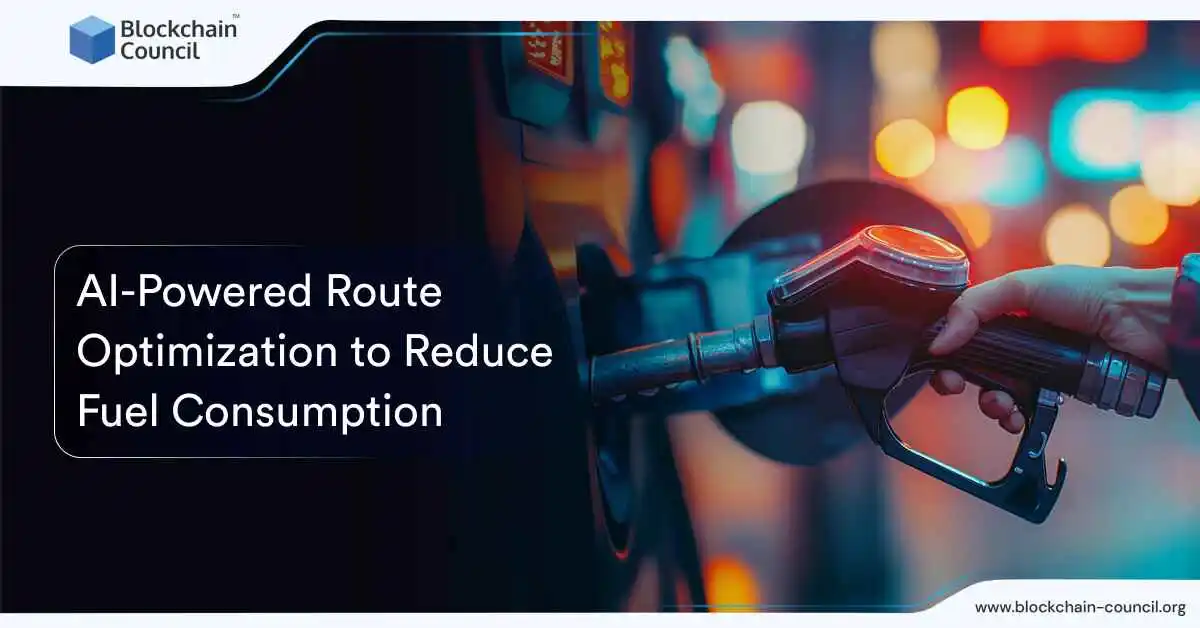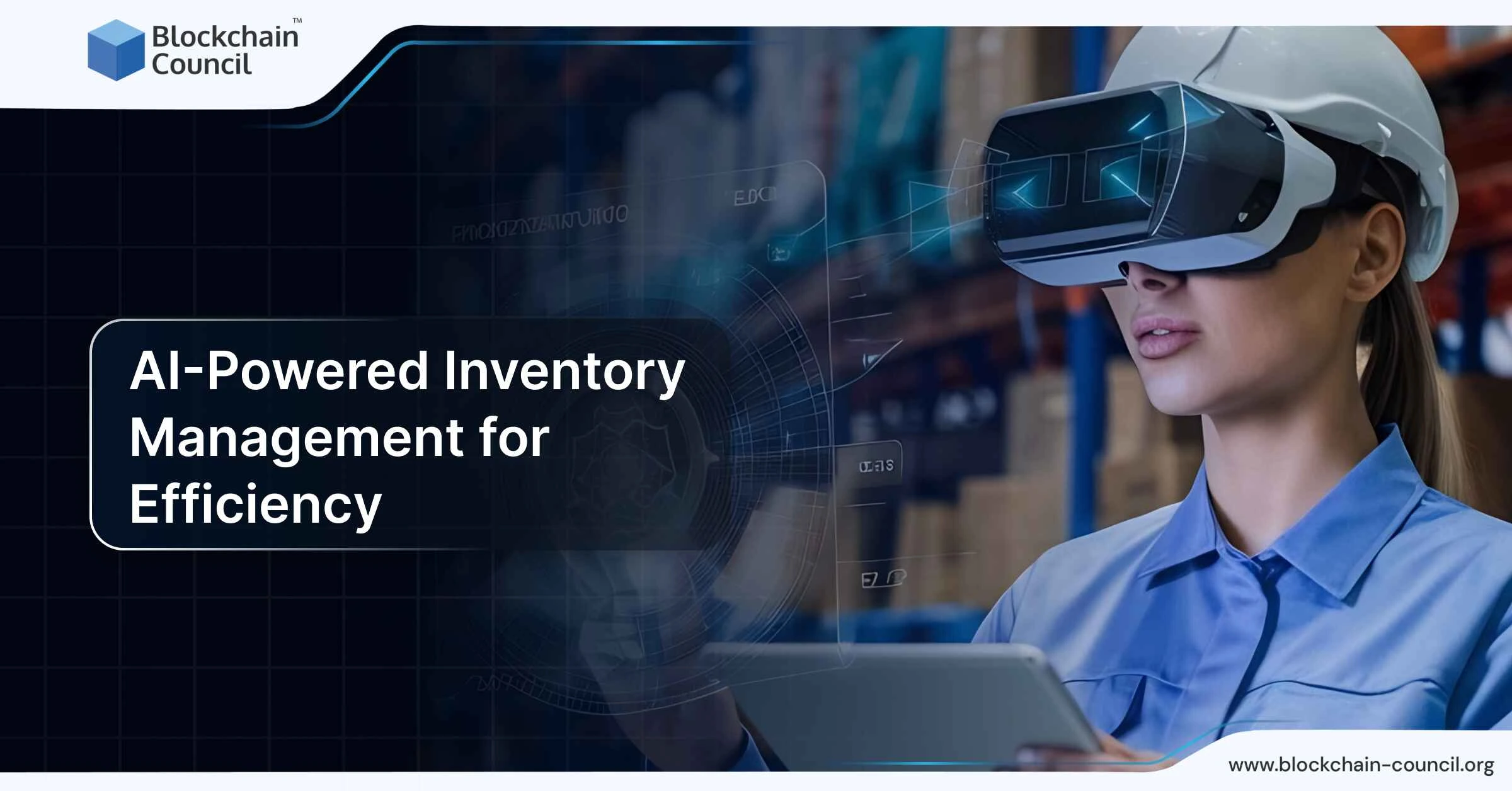
- Amber Smith
- February 12, 2025
Artificial Intelligence (AI) has brought big changes to logistics, helping companies improve efficiency, cut fuel use, and reduce their environmental footprint. One key area where AI shines is route optimization. By analyzing large sets of real-time data, AI helps identify the best delivery routes, lowering fuel consumption while ensuring businesses meet their delivery targets without adding to operational expenses.
AI-Powered Route Optimization
AI-powered route optimization uses advanced algorithms and machine learning techniques to create and modify delivery routes as conditions change. These systems pull data from multiple sources, like GPS, weather updates, traffic reports, and vehicle capacity details. With this information, they can calculate the most fuel-efficient path for delivery trucks. AI’s ability to adjust routes instantly helps logistics firms avoid unexpected delays from accidents, roadblocks, or other disruptions.
With the Certified Prompt Engineer™ certification, you can learn how to fine-tune AI models to optimize routes, reducing fuel use and making transportation more eco-friendly.
How AI Lowers Fuel Use
1. Adjusting Routes in Real-Time
Previously, planning routes was done based on static information and past data. However, AI works with live updates from numerous sources and adjusts the routes instantly. For instance, if a traffic accident happens, the system suggests an alternate route immediately, saving fuel that idling would otherwise waste. A recent case highlights this with Walmart’s AI system, which eliminated over 30 million extra miles, reducing carbon emissions by 94 million pounds of CO₂. This technology doesn’t just save fuel—it also helps logistics companies achieve their environmental goals.
2. Matching Vehicle Load to Capacity
Route optimization isn’t just about finding the shortest distance but also optimizing the vehicle’s load. AI tools like Upper rely on predictive data to assign the best vehicle for each job, considering factors like cargo size, delivery timing, and vehicle capacity. The system minimizes the need for extra runs and maximizes efficiency by ensuring vehicles are loaded adequately for each trip. In 2024, businesses using AI have noticed lower fuel use and faster delivery times.
3. Reducing Empty Trips
A major issue in logistics is “empty miles,” where trucks drive without cargo. AI can help fix this problem by planning efficient return routes. For example, Walmart used AI to plan pickups on return trips, ensuring that trailers weren’t running empty. This strategy helps with better use of the fleet and reduces fuel consumption by cutting down on unnecessary trips.
Real-World Examples of Success
A Shipping Company’s Experience
In 2024, a large shipping firm faced high fuel costs and inefficient routing. After introducing AI-based ship routing technology, the company saw its fuel consumption drop by 10%. The AI system, which predicts changing weather and ocean currents, helped optimize routes and improve delivery times. This example shows how AI adapts to complex real-world challenges, making it easier for companies to cut fuel use and increase efficiency.
Omnichannel Retail and AI
In another case, AI manages omnichannel logistics, where products are delivered across multiple retail outlets. Walmart, for example, integrated AI with its inventory management and route planning software to deliver products efficiently. By using AI, Walmart has reduced the miles travelled by its fleet while keeping customer satisfaction high through timely deliveries. This example highlights how AI can be used in large-scale operations to balance efficiency and customer service.
Impact on Environmental Sustainability
Cutting down on fuel usage directly leads to lower emissions and improved sustainability. In 2024, many businesses are turning to AI to save costs and reduce their carbon footprints. AI-powered route optimization reduces idle time, lowers the miles travelled, and maximizes vehicle use, all of which help reduce greenhouse gas emissions. Walmart and other logistics leaders have saved millions in fuel costs and reduced their environmental impact significantly by optimizing their delivery routes. This shows how AI offers businesses a win-win, cutting both costs and emissions.
Challenges
Despite its benefits, AI-powered route optimization does have challenges. The initial cost of implementing AI systems can be a hurdle for smaller companies. However, newer solutions like Software as a Service (SaaS) make it easier for businesses to access AI without building their own infrastructure. Walmart’s route optimization software is a good example of how these services can help companies integrate AI at a more manageable cost.
As we look to the future, AI’s role in logistics is expected to grow as more businesses adopt cloud-based platforms that offer customizable route planning. AI will continue to improve through advances in predictive analytics, real-time data handling, and autonomous vehicles, making it an even more valuable tool for logistics firms.
Conclusion
AI-powered route optimization is quickly becoming a key tool for logistics companies looking to cut fuel usage, lower expenses, and improve sustainability efforts. By utilizing live data, predictive analytics, and adaptive routing, businesses can make smarter decisions that not only benefit their financial goals but also reduce their environmental impact. With ongoing improvements, AI-based logistics is poised to become an even bigger part of modern supply chains.





































































 Guides
Guides News
News Blockchain
Blockchain Cryptocurrency
& Digital Assets
Cryptocurrency
& Digital Assets Web3
Web3 Metaverse & NFTs
Metaverse & NFTs
